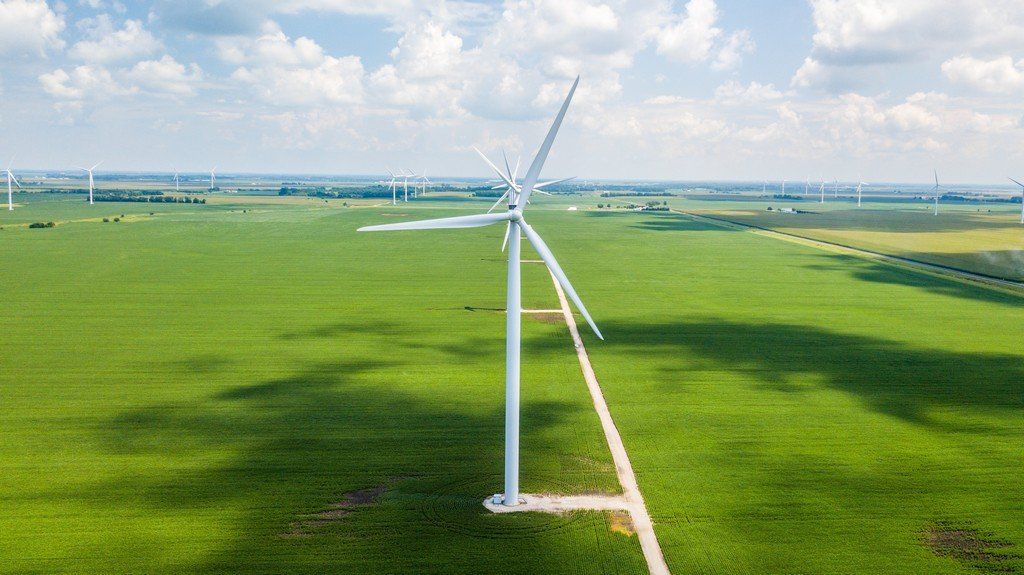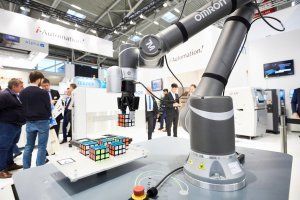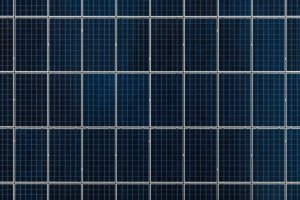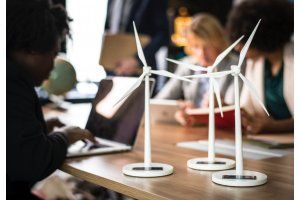
Geleen, 1 February 2019 - Reducing our carbon footprint starts with the energy we use. As announced before, we have switched to green energy. In the previous blog, you can read all about solar panels. But what if the solar panels do not generate enough energy to power our workshop and offices?
Our solar energy is supplemented with wind energy by the Zeebrugge windmill park to guarantee 100% green energy. But how is wind turned into energy?
A wind turbine has three blades, which are set in motion by the wind. As they rotate, the movement is turned into electricity by a generator in the nacelle. Just like when you ride your bike; the rotation is turned into energy by the dynamo that powers your bike's light.
Is it really this easy? Yes, and no. The basic idea is really this simple, but the technology is much more advanced.
Each blade has different sizes and shapes from the root to the tip. Airfoil technology makes the blades turn to the most efficient setting, with the tips always twisted. This creates a rather slow velocity and a low number of RPM, resulting in low voltage energy when directly connected to the generator. A gearbox fastens the RMP, generating high voltage energy. A transformer at the bottom of the tower turns the energy into a frequency alike to the power grid, to which it is then transferred.
The RMP of a wind turbine is decided by a number of elements, most important being the size of the blades, height of the tower, and the speed of the wind.
The velocity is dependent on the size of the blades. The tip makes the greatest arc and is, unlike airplane and helicopter turbines, not designed to exceed the speed of light. This would make too much noise and would not be the most efficient speed to generate electricity. Multiple technologies are used to slow the velocity down to the most efficient RPM, such as the angle of the blades and activating the brake in the gearbox.
A wind turbine has a so-called velocity sensor stationed on the nacelle, which monitors the wind speed and direction constantly. This sensor activates the jawing system in the turbine, turning its nose into the wind. When the speed of the wind is too high (often during storms), the sensor jaw maps the turbine to turn slowly in the direction of the wind. If the turbine turns too fast, the flexible blades can strike the tower and damage the construction. The angle of the blades is adjusted to cut the wind standing almost or entirely still. While the velocity sensor can pilot the angle of the wings and the position of the nose of the turbine, the RPM is monitored by a technician. The brake is also activated by a technician when needed.
There exists a relation between the height of the tower, the length of the blades and the speed of the blades. The higher the tower, the longer the blades. As the blades are longer, more power is generated with each rotation.
So if you see a wind turbine on a windy day, the slower it turns, the higher and more powerful it is.
FUN FACTS:
- The first wind turbines had 2 blades. Later this was changed to three, as this would generate more energy. A wind turbine can never have four or more blades, as they would be in their own air vortex.
- Windmills have been used since 2.000 B.C. in Persia and China, where it was mainly used to sail. Farmers also used wind energy to pump water and grind grains.
- Wind energy is unique for the fact that it uses no water to generate power.
- The tip of the blades can reach up to 320 k/h.
- The largest windmill can be found in Hawaii. It stands 20 stories tall and each blade has the length of a football field.
- One wind turbine consists of 8.000 different parts.





